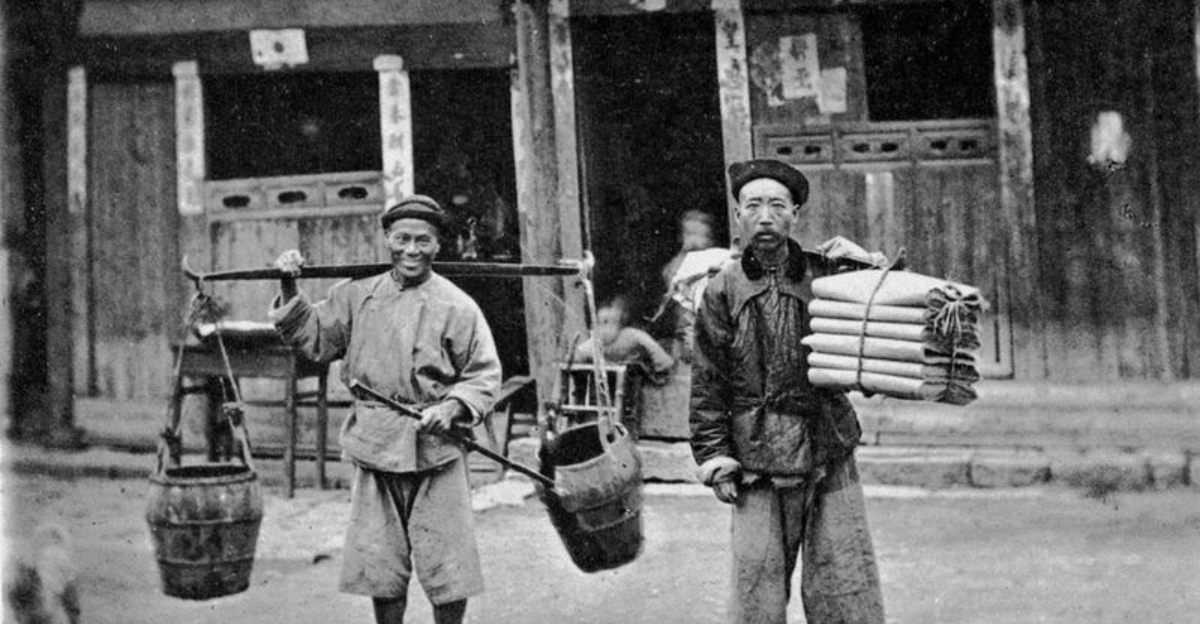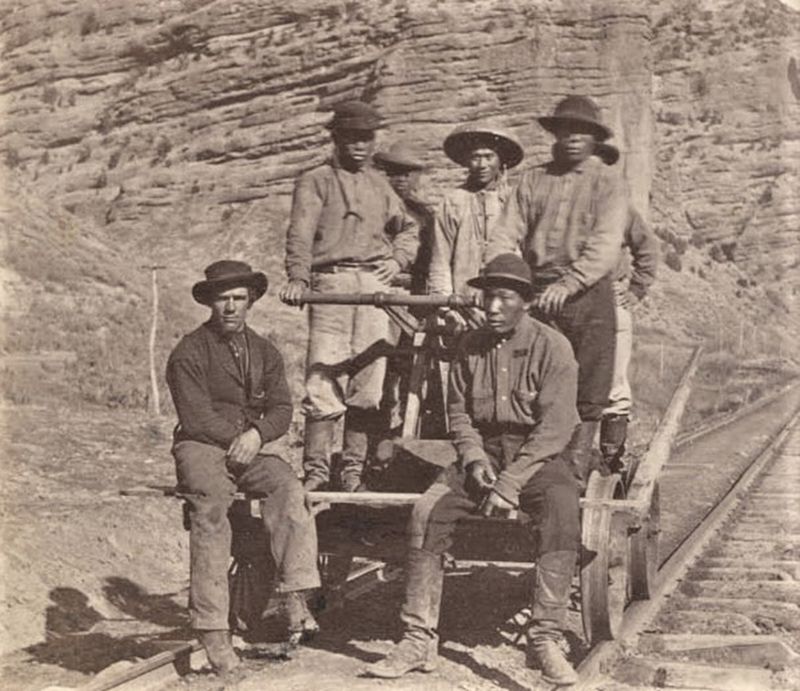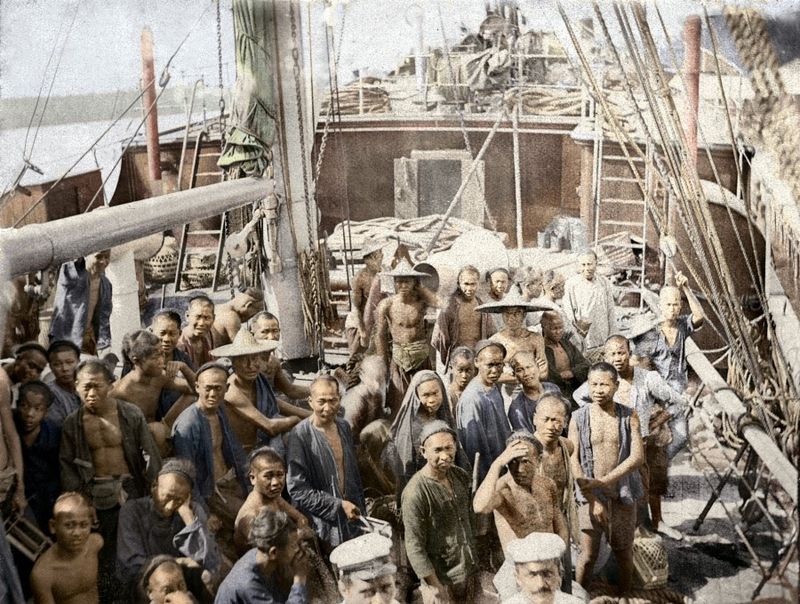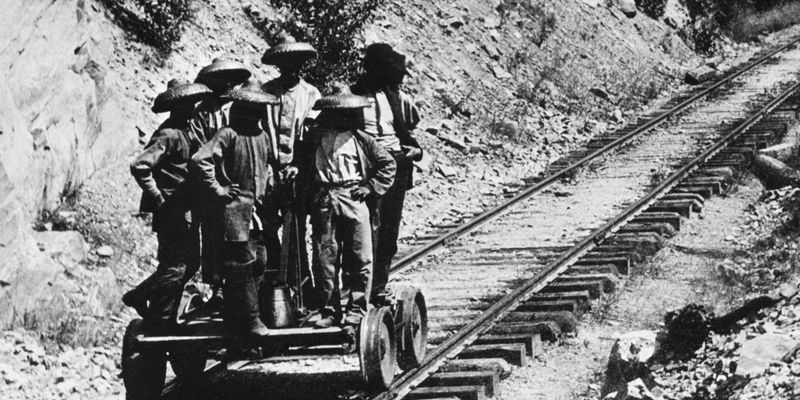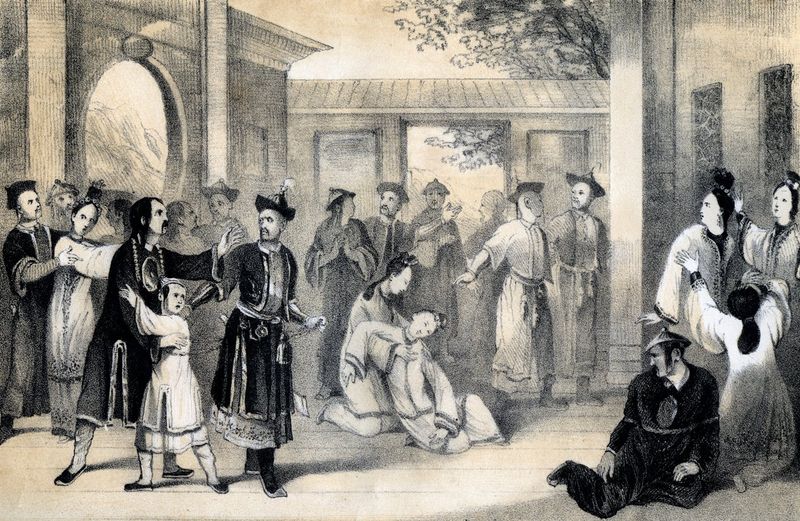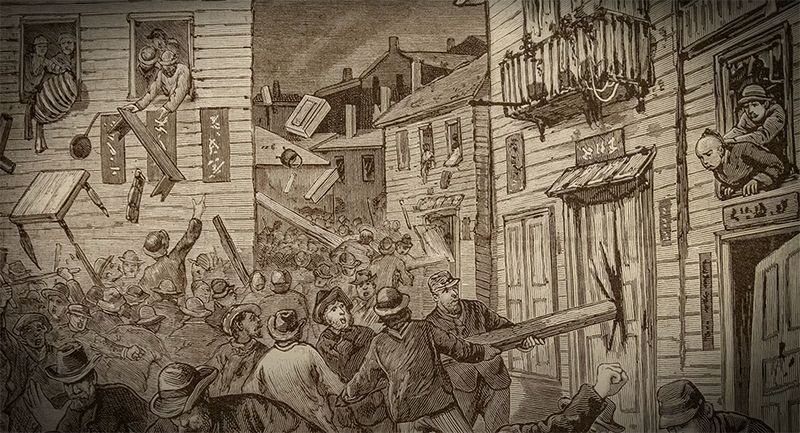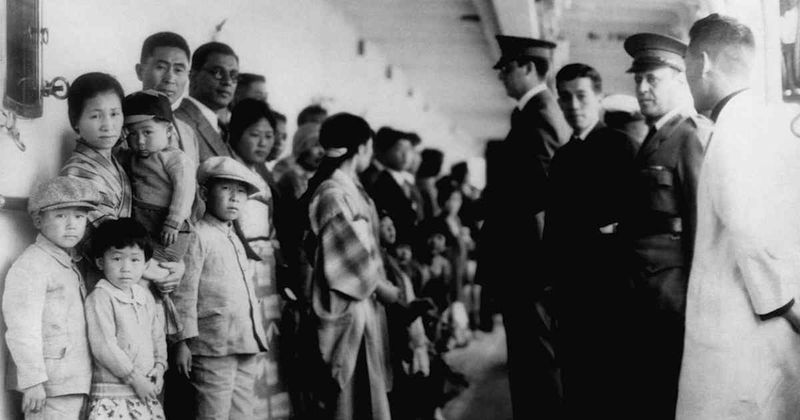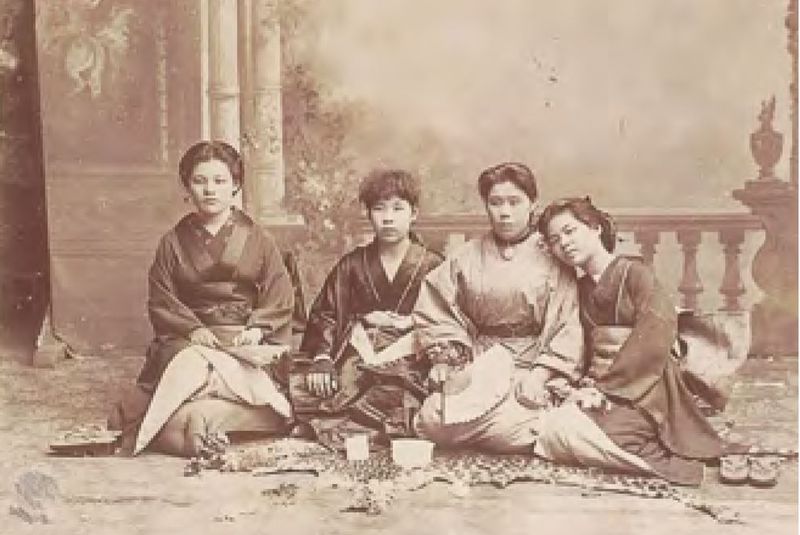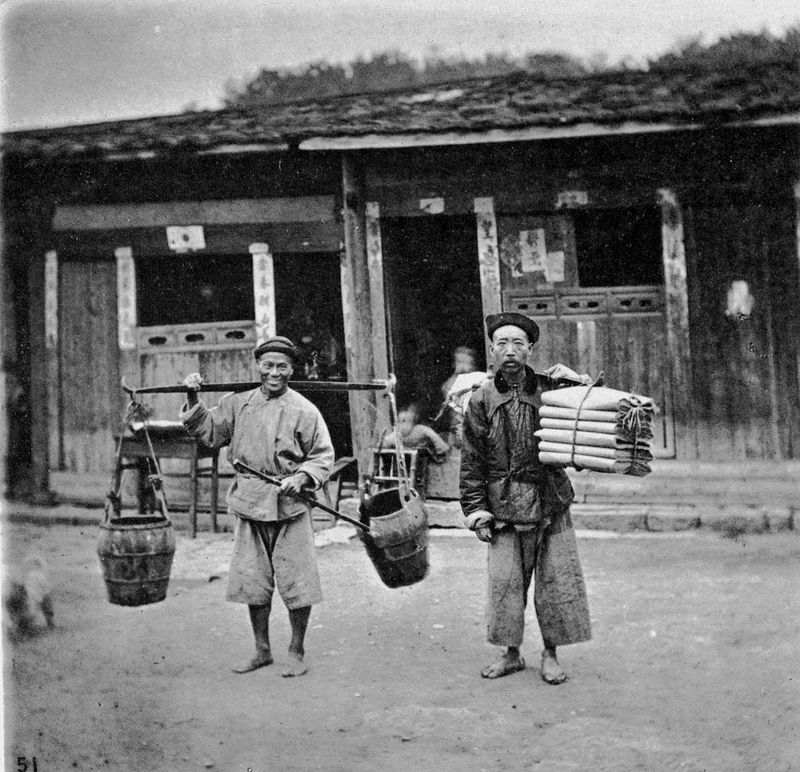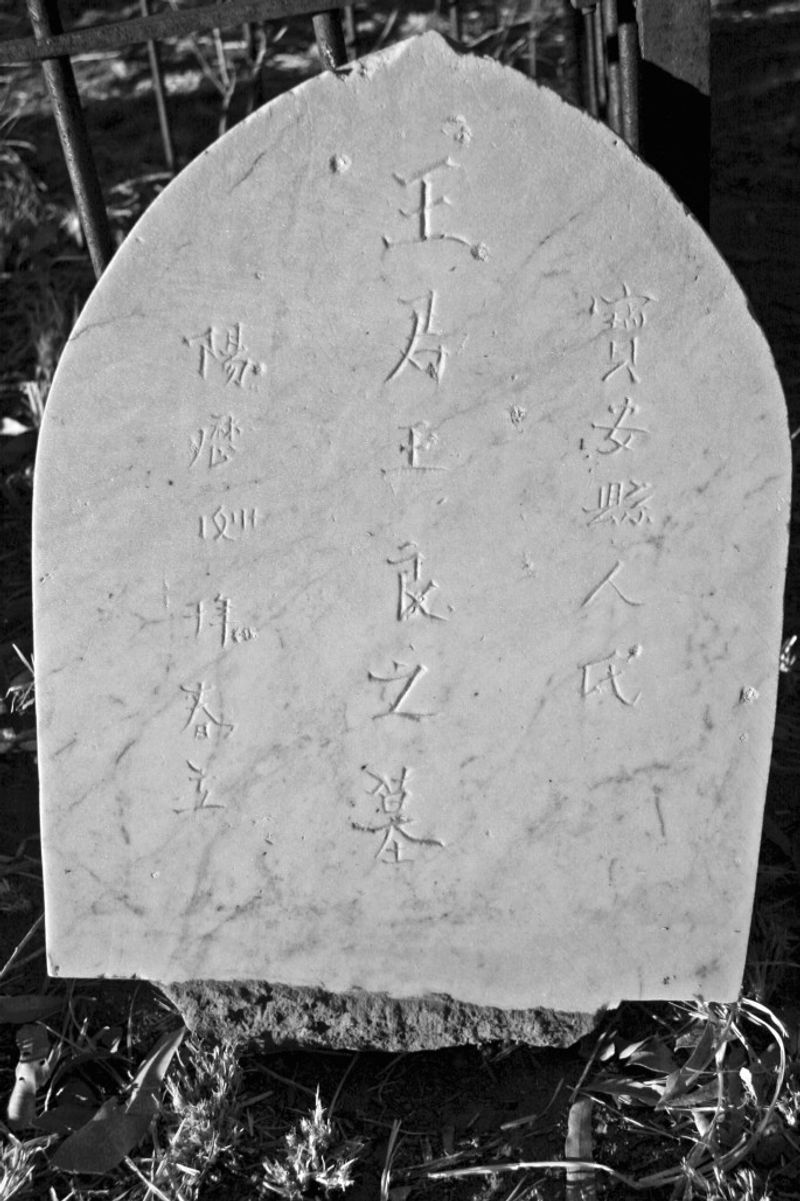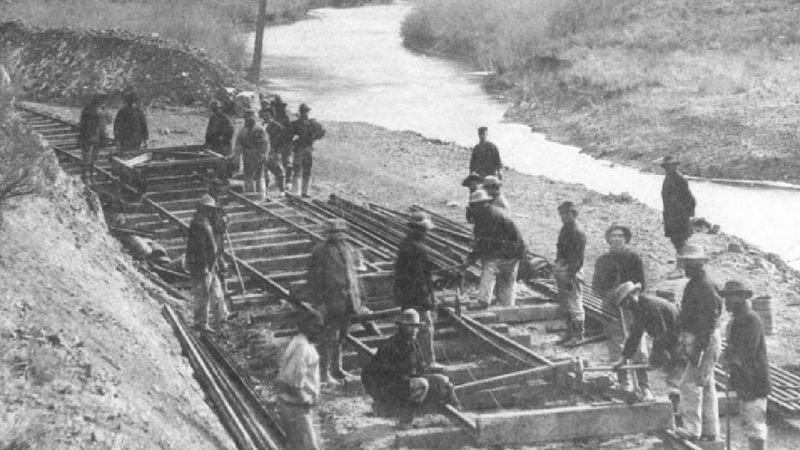This hidden chapter in American history unfolds a tragic tale of Chinese slaves who were coerced, abused, and rendered invisible in the narratives of the past. Often referred to as ‘Coolies,’ these individuals endured brutal conditions, mirroring the infamous Middle Passage. From the construction of the Transcontinental Railroad to debt slavery, their contributions were significant but overshadowed by violence, discrimination, and exclusion. This blog post sheds light on their plight and contributions, exploring ten poignant aspects of their lives and the injustices they faced. Each section delves into a unique facet of their experiences, revealing a forgotten legacy.
1. They Were Called ‘Coolies’—But Many Were Effectively Slaves
The term ‘Coolie’ echoed through the 19th century as thousands of Chinese laborers arrived in the Americas. Yet, the word masked their harsh reality. Under coercive contracts, many were kidnapped or deceived, finding themselves trapped in a life akin to slavery. Their journey often began with false promises of prosperity, only to end in relentless toil. These individuals worked under punishing conditions, stripped of dignity and freedom. Communities watched as these laborers’ dreams dissolved, leaving behind a story of betrayal and endurance. Today, their legacy remains obscured, a testament to the era’s exploitative practices.
2. The Trans-Pacific ‘Coolie Trade’ Mirrored the Atlantic Slave Trade
Across the vast Pacific, ships bore Chinese laborers in appalling conditions, reminiscent of the Atlantic Slave Trade’s horrors. Many perished en route to destinations like Peru, Cuba, and the U.S. Cramped quarters, disease, and starvation awaited them, a grim echo of past atrocities. These voyages were perilous, with survival never guaranteed. The suffering endured mirrored that of African slaves, highlighting a pervasive disregard for human life. Each ship carried untold stories of hardship and loss, overshadowed by the broader narrative of economic expansion. Their plight is a haunting reflection of humanity’s darker impulses.
3. Chinese Laborers Built the Transcontinental Railroad—Under Whip and Gun
Under the watchful eyes of brutal overseers, Chinese laborers shaped the Transcontinental Railroad. Armed with little more than pickaxes and determination, hundreds perished in their quest to unite a nation. Paid a pittance compared to their white counterparts, they faced grueling conditions and rigid discipline. Mountains fell before their relentless effort, yet their sacrifices were often met with scorn. The railroad stands as a monument to their toil and tenacity, a testament to what they endured and achieved under immense duress. Their story is one of courage, resilience, and an unyielding spirit against overwhelming odds.
4. Many Were Forced Into Debt Slavery
Debt slavery ensnared many Chinese laborers, trapping them in a cycle of exploitation. Brokers charged exorbitant fees for passage, sustenance, and tools, ensnaring workers in perpetual indebtedness. Their labor became a currency, exchanged for freedom they could scarcely afford. Every sunrise brought continued servitude, with no end in sight. Families were torn apart, lives reduced to ledger entries. Amidst this, resilience flickered—a remarkable testament to the human spirit. This lesser-known facet of history reveals a chilling truth about economic manipulation, where profit overshadowed compassion. Their story echoes a lesson in the costs of unchecked greed.
5. They Faced Lynchings and Massacres
Violence erupted against Chinese communities, culminating in tragedies like the 1871 Los Angeles Chinatown Massacre. Mobs fueled by xenophobia and economic tension unleashed terror upon innocent lives. Seventeen Chinese men were hanged, victims of a society grappling with its prejudices. The massacre marked a dark chapter, reflecting broader anti-Chinese sentiments across the West. Fear and distrust shadowed their daily existence, with communities living under constant threat of violence. These events are a grim reminder of humanity’s capacity for cruelty. Yet, amidst the darkness, stories of resilience and unity emerged, offering a glimmer of hope.
6. U.S. Laws Made Them Second-Class Citizens
The Page Act of 1875 and the Chinese Exclusion Act of 1882 served to legally marginalize Chinese immigrants, branding them as perpetual outsiders. These laws erected barriers to citizenship and basic legal protections, rendering Chinese communities vulnerable. Discrimination was institutionalized, stripping away their rights and humanity. Despite their labor and contributions, they remained in the shadows of the American dream. The legal framework of exclusion fostered a climate of mistrust and prejudice, with repercussions echoing through generations. These acts are a stark reminder of the systemic injustices woven into the fabric of history.
7. Enslaved Chinese Women Were Sold as ‘Companions’
Amidst the turmoil, Chinese women faced unique hardships, trafficked under false pretenses. Labeled as wives or servants, many were forced into prostitution, stripped of autonomy and dignity. These women endured exploitation and abuse, their lives overshadowed by societal disdain. Behind closed doors, their voices were stifled, yet their stories whisper a profound resilience. They navigated a world that sought to confine them, finding strength in shared experiences and solidarity. This chapter of history sheds light on gendered exploitation, a narrative of courage amidst overwhelming adversity. Their legacy endures, a testament to silent strength.
8. Plantations in the South Used Chinese Labor After Slavery Ended
Following the Civil War, Southern plantations turned to Chinese laborers, seeking replacements for freed African American workers. This shift highlighted attempts to maintain exploitative labor systems. Chinese workers found themselves under harsh conditions, living echoes of the past. Promised stability, they instead faced relentless toil and marginalization. Their presence in the South painted a complex picture of race and economics, revealing the persistence of oppressive practices. Despite adversity, these workers contributed to the agricultural tapestry, leaving a subtle but enduring impact. Their story intertwines with broader narratives of resilience and adaptation in the face of systemic inequality.
9. Their Graves Were Often Desecrated
In death, as in life, Chinese laborers faced indignities, often buried in unmarked graves or segregated from white cemeteries. Their resting places became silent witnesses to a history of exclusion and neglect. Many graves were desecrated, reflecting societal disregard for their contributions. This erasure from collective memory was a final injustice, compounding their struggles. Yet, amidst neglect, communities have begun to honor these forgotten souls, reclaiming their stories. Their graves tell tales of perseverance and quiet dignity. As we uncover these stories, we pay homage to their enduring spirit, ensuring their legacy is no longer obscured.
10. Their Stories Were Purged From History Books
Despite their profound impact, the stories of Chinese laborers were systematically erased from history books. Their contributions were minimized, their hardships glossed over. For decades, their narratives lingered in obscurity, overshadowed by dominant cultural narratives. This deliberate omission reflected broader societal indifference to their plight. Yet, recent efforts aim to rectify this, bringing their stories to light. As we uncover these hidden chapters, we acknowledge the complexity of history and the importance of inclusive narratives. Their stories offer valuable insights, enriching our understanding of the past. Remembering them ensures a more comprehensive historical tapestry.
